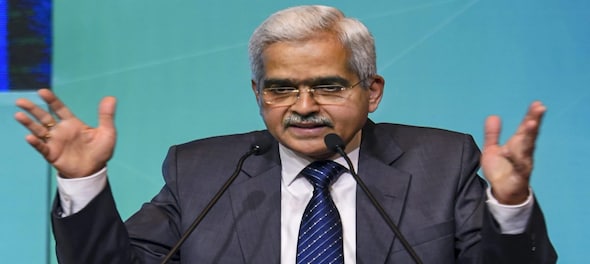
Why should we know what the Reserve Bank of India (RBI) says and does tomorrow at the monetary policy? For one thing, it will determine whether the high fixed deposit (FD) rates we are getting from banks will continue or whether rates have peaked. For businessmen, this policy can decide whether their cost of capital will fall and when.
So, what has changed since the December 2023 policy that can make the RBI dovish or hawkish?
The changes have been mostly dovish.
First, consumer price index (CPI) inflation for November and December has come in lower than the market and the RBI’s forecasts. RBI had forecast the October-November-December CPI at 5.6%; the quarterly CPI actually came in at 5.37%.
Even better, core inflation fell in December to 3.8%. Core inflation, which excludes the two volatile elements—food and fuel—fell to 3.8% from 5% in early 2023 and 6% in 2022. The core is stickier, and RBI considers getting the core CPI to 4% as its primary goal since it has less control over fuel and food. So, a core CPI coming below 4% can impact RBI policy seminally.
Secondly, the government has tightened the fisc more than expected. The fiscal deficit for the current year has been brought down to 5.8% from 5.9% budgeted earlier, while the next year’s deficit is budgeted at 5.1% against widespread expectations of a 5.2–5.5% deficit. All reductions in deficit contract demand and are disinflationary.
Thirdly, the RBI appears to have voluntarily wanted call rates lower. On January 25, it did a variable repo auction to put in ₹2.5 trillion into the banking system. The call rate is the rate at which banks borrow from one another for one day. The RBI is mandated to keep the call rate at the repo rate fixed by the MPC, which is currently at 6.5%. But the call rate had been at 6.75% for almost five months, i.e., since August last year.
Although the RBI tightened liquidity with an incremental CRR (cash reserve ratio) hike on the pretext of squeezing out liquidity brought in by the return of ₹2000 currency notes, the higher call rate was clearly a stealth rate hike intended to cool inflation, which was running at 7–7.8% in July and August. The RBI voluntarily infusing liquidity and allowing the call rate to fall back to 6.5% this month is being perceived as the RBI's dovishness.
So, what may change in the policy? The rates are definitely not changing in this policy or for some months now. All eyes are on the RBI’s stance, which stands at "removal of accommodation." The argument is that if the RBI is providing liquidity of ₹2.5 trillion, surely that sounds like providing accommodation. In that case, it can’t persist with "removal of accommodation" as a stance. On this argument, a few economists maintain small odds that the RBI may change its stance.
But a majority are not convinced that the RBI will go to the extent of changing its stance to indicate dovishness. Most dealers and economists believe the tone, the talk and the stance are likely to be exactly as they were in December. RBI may still be concerned about food inflation, with some veggies, eggs and pulses spurting. The strong growth numbers also raise worries of demand push at a later date. The growth numbers certainly raise the question: why turn dovish when the economy is anyways robust? Also, the cues from the US Federal Reserve do not indicate an imminent rate cut. All this may keep the RBI totally neutral.
However, it may well prepare the markets for a change in stance in the next policy. The RBI may slightly lower its inflation forecast to indicate its comfort with the trajectory. It may also, in some way, admit that the need for very tight liquidity is over. But the RBI may be equally careful not to encourage a rise in risky assets or more aggressive lending by banks.
The base case, therefore, is that the RBI will keep the policy status quo and boring. Bankers, economists and the media, of course, will look for the odd dovish slip-up.
(Edited by : Ajay Vaishnav)
Check out our in-depth Market Coverage, Business News & get real-time Stock Market Updates on CNBC-TV18. Also, Watch our channels CNBC-TV18, CNBC Awaaz and CNBC Bajar Live on-the-go!


Exclusive | Congress has turned Bengaluru from 'tech hub to tanker hub': PM Modi
Apr 28, 2024 6:18 PM
Modi Interview | Here's what the Prime Minister said on inheritance tax
Apr 28, 2024 6:05 PM
Congress appeals to EC to increase voting duration, says media report
Apr 28, 2024 4:04 PM
Loud echoes of Maratha reservation issue in Maharashtra
Apr 28, 2024 3:44 PM

